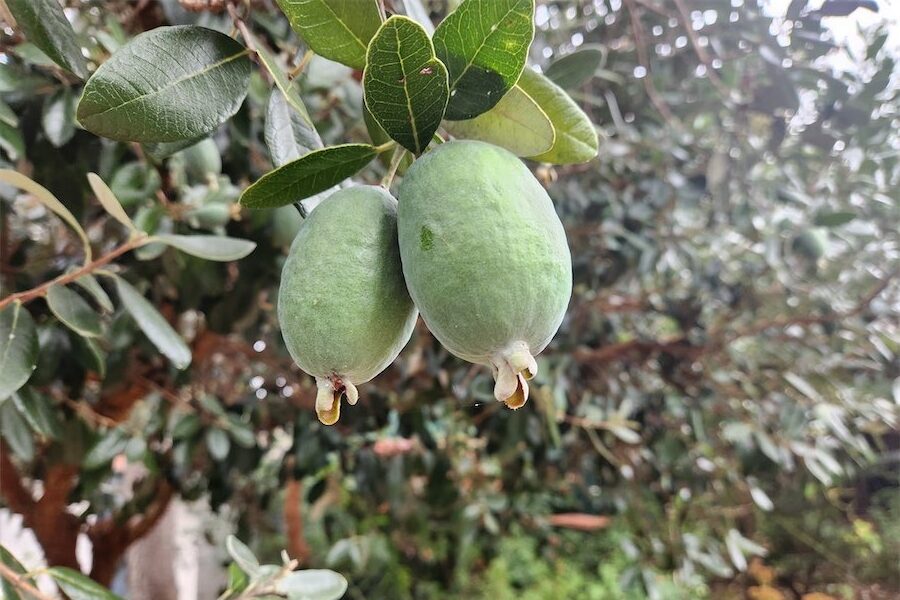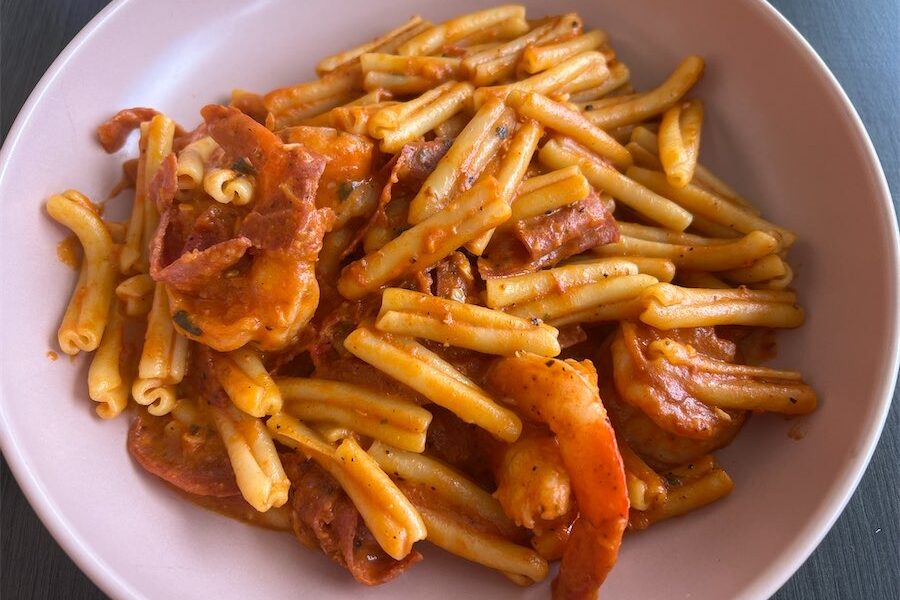
“Apparently a mindful drinker is aware of how much alcohol they are consuming and when they may be consuming too much. It contributes to a shift to low and no-alcohol drinks as well as to abstinence,” writes wine columnist RICHARD CALVER.
The rain and intermittent sunshine had produced an abundance of weeds and accelerated lawn growth at my house in Tathra.

After a day in the garden, where I was assisted by a mate, it was good, after dinner, to sit on the patio and look out at the now much improved garden view, framed by the distant ocean, and have a decent after-dinner red wine.
The evening called for a warming red as the wind came up from the south and the temperature dropped as night fell.
This was a big wine with 15.5 per cent alcohol by volume, a Warrabilla Smithy’s Blend No.10. Smithy is, in fact, Andrew Sutherland Smith who made the first Warrabilla vintage in 1991 with a focus on red wines of structure that reflect the grapes suited to the Rutherglen climate and soils.
This vineyard specialises in producing textural bold reds, particularly with the regional specialties of shiraz and durif. The winemaker’s blend is created with the winery’s wine club members in mind and usually sells for around $15 a bottle, great value.
I’d bought six bottles when a friend offered to split a case he’d ordered as a member of the wine club and, alas, this was the last bottle.
My mate who had assisted in the garden was impressed: “This is a great red, big and bold, very well rounded.”
“Yes,” I agreed. “It’s a blend of shiraz, durif and cabernet sauvignon from the 2022 and 2023 vintages, with a lesser amount of cabernet.
“The tannins are extremely well balanced, well integrated, and although it gives you a dry finish, it doesn’t overpower the palate or knock your head off with the alcohol.”
He nodded, as we turned our attention to the amazing moon that was now competing with the heavy clouds that had quickly moved across our view.
“I’m not sure that this wine is on trend though,” he said.
“What do you mean?” I asked.
“Well, I was reading an article that was published by the ABC where the trend of most drinkers now is to less and lighter, especially red wines,” he said.
“It said that grapegrowers are heeding those trends and are producing more varieties that are lighter bodied and better suited to lower-alcohol wines.”
“Oh, yes,” I said. “I also read about that trend, it’s been happening for a while, falling alcohol consumption. I keep an eye on what’s trending across the ditch, you know my ‘home country’, and I recently read an article that showed beer, wine and spirits consumption has declined to the lowest level since data was first ever collected in New Zealand, putting the trend down to what is known as ‘mindful drinking’.
“Apparently a mindful drinker is aware of how much alcohol they are consuming and when they may be consuming too much. It contributes to a shift to low and no-alcohol drinks as well as to abstinence.”
“I think it would be impossible to find a low-alcohol wine that would be as good as this one,” he said.
“Yes, absolutely,” I agreed. “Part of the role of the ethanol, the alcohol in wine, is so that the wine feels warmer on taste and it adds weight and mouth feel.
“I think you can be mindful in drinking when you just drink less rather than going for non-alcoholic wines that, frankly, are often bland or have a chemical after taste. I’ll stick to these delightful bold reds.”
Mindfulness
When you’re young, you’re always worrying what other people are thinking about you.
When you reach middle age, you no longer care what other people think of you.
And when you’re old, you realise, everyone was just thinking about themselves all along.
–Shamash Alidina
Who can be trusted?
In a world of spin and confusion, there’s never been a more important time to support independent journalism in Canberra.
If you trust our work online and want to enforce the power of independent voices, I invite you to make a small contribution.
Every dollar of support is invested back into our journalism to help keep citynews.com.au strong and free.
Thank you,
Ian Meikle, editor








Leave a Reply